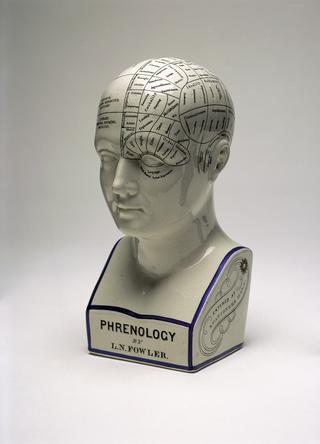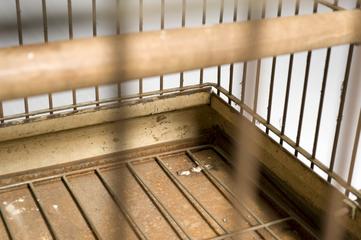






32 toys from the personal "Wonder Box" (sand box) of Margaret Lowenfeld; used in child psychotherapy (the "Lowenfeld World Technique"), devised by psychologist Margaret Lowenfeld, 1925-1930
Psychologist Margaret Lowenfeld (1890-1973) devised the ‘Lowenfeld World Technique’ in the late 1920s. It let children create a play world through which they conveyed experiences via non-verbal communication. These 32 toys formed part of the ‘Wonder Box’. Children selected toys from the box to create a scene within a sandbox.
Lowenfeld was a paediatrician. She became a pioneer of child psychology and psychotherapy. She recognised language is often unsatisfactory or even impossible as an expressive medium for children. This is particularly the case with traumatised children. She also recognised play is essential to their development. Her development and use of non-verbal play therapy for children remains influential.
Details
- Category:
- Psychology, Psychiatry & Anthropometry
- Object Number:
- 2005-9
- Materials:
- sand, wood (unidentified), textile, metal (unknown) and paint
- Measurements:
-
sand box: 140 mm x 603 mm x 310 mm, 10.66 kg
overall each toy (average size): 50 mm x 30 mm x 20 mm,
- credit:
- Margaret Lowenfeld Trust




